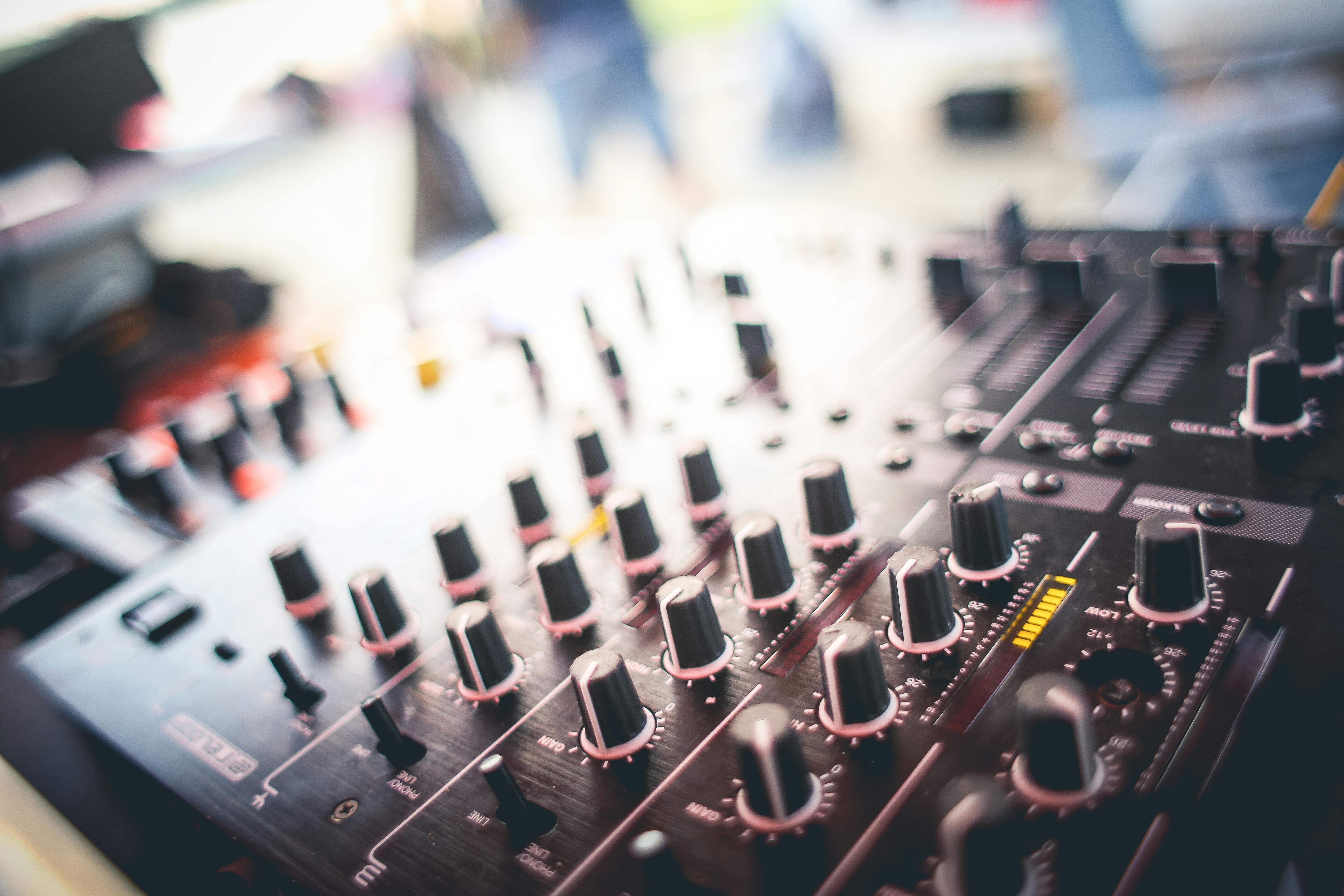As crazy as it sounds, there are still a sizable number of Internet users who only have a dial-up connection. If you’re an Internet marketer, chances are you don’t want to cut off a lot of potential customers just because they have slow connections. So, you may want to learn how to design your internet pages and blogs to load fast even for your dial-up visitors. Netizens are not known to be patient, so they won’t be on your site very long if it’s loading like a turtle.
So that you can understand what causes a page to load slowly, take a look at a famous page that is obviously made to load quickly. I mean the Google home page at google.com. Notice that it includes mostly white space with only one fairly clean graphic: the Google logo. From time to time, this logo is modified with the addition of a single graphic. The only other important elements on the page are the search box, 2 buttons and 2 very simple menu bars. An example of a slow-loading page would be a page that has multiple photos and/or high-resolution graphics, videos, and pop-ups like some of the advertising pages for car companies. While these fancy pages can certainly be beautiful, they load slowly even on a high-speed Internet connection. On dial-up, they simply can’t be seen unless you want to drop them off, go to dinner, and come back later.
So it seems your goal when designing your home page (and others) on your website should be to create a balance between function and beauty. No page looks very attractive without at least several graphics and photos, but you have to be careful not to go crazy. And, with what you include at the end, you should do everything you can to make sure load times are kept to an absolute minimum. To do this, you will need image editing software like Photoshop. You will use this software to change the graphics and images on your site so that they load quickly.
There is a lot that can be accomplished in this regard, especially in the areas of resolution and file type. You don’t want the resolution to be so coarse that it looks like an old-fashioned newspaper image, but you surely know that it doesn’t have to be glossy magazine quality to look beautiful on a web page. So the rule of thumb here is to use as low a resolution as possible, as long as it looks good. The more graphics and images and the larger they are in size, the longer it will take for the page to load overall.
When it comes to file types, some load faster than others due to the different complexity of the way each file type creates images. For example, the GIF format removes all unused color information from your image, giving you the smallest possible file size. The trade-off here may be in image quality, so be careful. If you’re using Photoshop, you can work with a large number of file types. Some good ones for browsing web pages are JPEG and PNG formats. Photoshop gives you the option to adjust the quality of your JPEG files. You will find that typically a setting of 8 to 10 will give acceptably good results. If you decide to use the PNG format, you will enjoy the best images in the smallest possible size.
Experiment to find out what gives you the best results for an individual image in terms of image quality and load times. Take the time to optimize each image individually so that the total page loads as quickly as possible while still looking great. Keep the number of images and their sizes to a reasonable minimum while you end up with a great looking (and working) web page.
Bob Gillespie
© 2011 Robert M. Gillespie Jr.
About the Author:


